
7 Red Flags and False Claims to Watch for When Buying Body Armor in 2026: A Buyer’s Guide for Law Enforcement, First Responders & Procurement Teams
Body armor buyers in 2026 face more misinformation than ever, from false NIJ compliance claims to unverified “special threat” plates. This guide explains the 7 biggest red flags to watch for — pricing that’s too good to be true, vague material descriptions, missing lab reports, and new shell companies — and clarifies when non-NIJ armor may still be appropriate. Learn how to verify products, companies, and certifications using IntelAlytic and The Armor List.

“NIJ Certified” Body Armor Is a Myth – Here’s the Truth About Real NIJ Compliant Armor (2025 Update)
“NIJ certified” is a myth. And one that continues to mislead buyers, sellers, and even manufacturers. The National Institute of Justice does not certify body armor; it defines performance standards and oversees the Compliance Testing Program (CTP) that determines which models appear on the official Compliant Products List (CPL). In an industry where accuracy saves lives, using the right terminology matters. This article explains what NIJ actually does, why the “NIJ certified” claim persists, and how to verify legitimate compliance through the NIJ CPL and The Armor List.
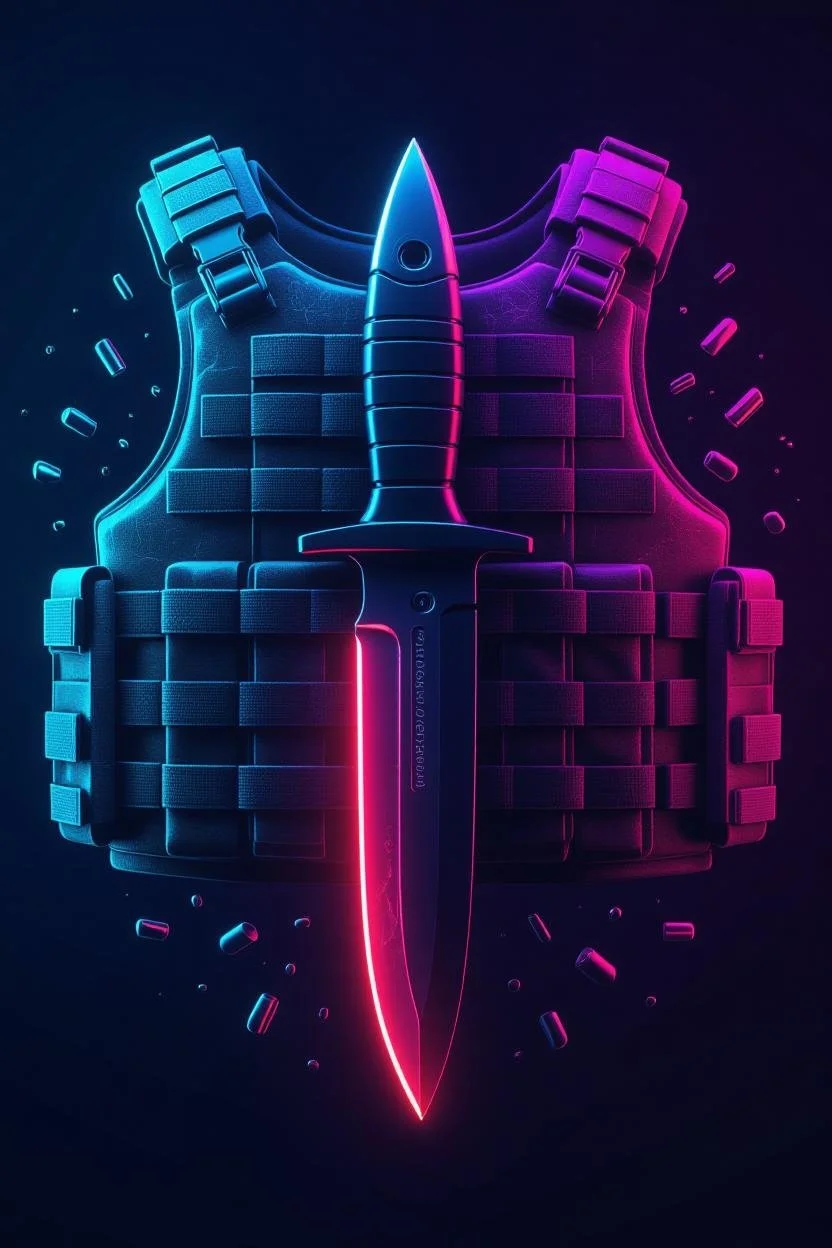
Advances in Multi-Threat Body Armor: Balancing Ballistic, Stab, & Blunt-Force Protection
Modern body armor must do more than stop bullets. Today’s operators face combined threats: ballistic, stab, and blunt force, and armor systems are evolving to provide layered protection without sacrificing mobility or comfort.
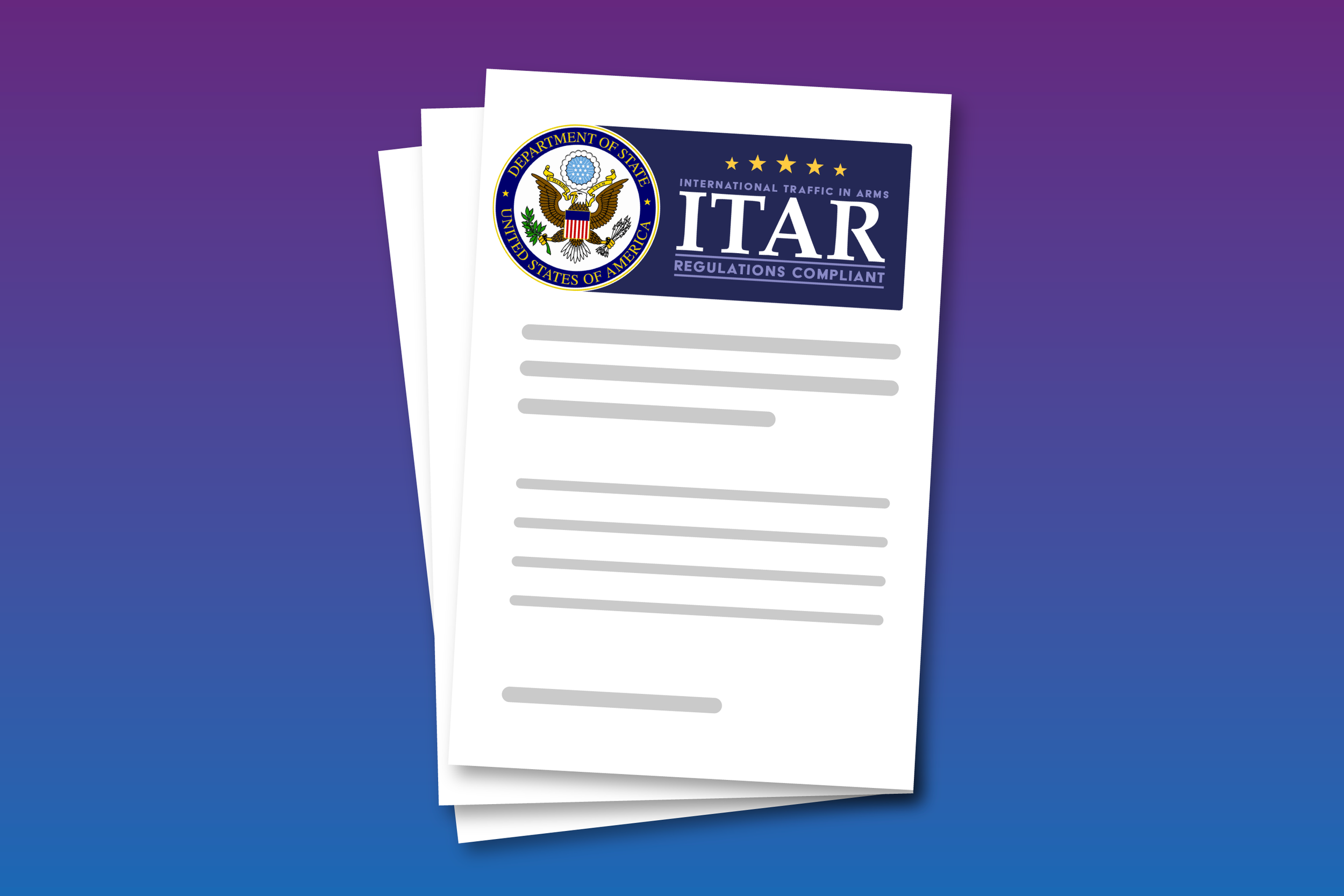
Advanced ITAR and EAR Compliance for the Body Armor Industry: Navigating CJ Requests, License Exceptions, and Common Pitfalls
For body armor manufacturers, compliance with ITAR and EAR regulations is more than a legal requirement—it’s essential for market access and risk management. This guide explores CJ Requests, EAR license exceptions, and common compliance pitfalls, offering strategies to ensure proper classification, streamline exports, and mitigate legal risks. By implementing proactive compliance measures, companies can navigate complex regulations, avoid costly violations, and expand into global markets with confidence.

Understanding ITAR and EAR and How It Relates to Ballistic-Resistant Products and Materials
Navigating the complex regulations of ITAR and EAR is essential for companies in the ballistic-resistant products industry. This article breaks down these critical export control laws, highlighting their implications for military-grade and dual-use body armor, technical data, and global trade. With actionable compliance strategies, case studies, and key resources, it provides a comprehensive guide to safeguarding business operations while meeting legal standards. Ensure your organization stays ahead in this high-stakes, highly regulated landscape.

How to Spot High-Quality Body Armor: A Buyer’s Checklist
Choosing body armor is a critical decision that directly impacts your safety in high-stakes situations. Whether you’re a professional or civilian, understanding what sets high-quality armor apart is essential. This comprehensive buyer’s checklist guides you through evaluating certifications, materials, threat compatibility, and manufacturer reputation. By avoiding common pitfalls and recognizing red flags, you can confidently invest in armor that provides reliable, life-saving protection.

Unveiling the Future of 3D Printing and the Next Generation of Body Armor
The future of body armor is here, driven by the transformative power of 3D printing. This technology is redefining ballistic protection with custom-fit designs, lightweight materials, and modular systems. From enhancing comfort and mobility to enabling rapid prototyping and field repairs, additive manufacturing is revolutionizing the defense and public safety industries.
Explore how companies like IntelAlytic and key players in 3D printing are paving the way for innovation, optimizing supply chains, and meeting the highest safety standards. Dive into the advancements shaping the next generation of body armor.

Understanding Ballistic Test Lab Reports: What to Look For in Supplier's Data
Ballistic test lab reports stand as pivotal resources in the evaluation of personal protective equipment, notably body armor, where the stakes involve life and death. These reports provide a detailed analysis of a product's resilience against ballistic impacts, essential for manufacturers, suppliers, and end-users alike. By understanding the nuances of these reports, stakeholders can make informed decisions to ensure the reliability and effectiveness of protective gear in real-world scenarios. Key elements within these reports, such as compliance with standards, detailed methodologies, and expert analysis, serve as crucial indicators of a product's safety and performance, guiding stakeholders towards the most reliable and trustworthy options in the market.

2024 Guide to Global Ballistic Standards: Essential Insights for Body Armor
This article explores global ballistic standards crucial for designing body armor across military, law enforcement, and civilian sectors. Examining major standards such as NIJ, ASTM, UL, VPAM, TR, HOSDB, GOST, and GA141, we dissect their protection levels, addressable threats, and practical implications. Intended for manufacturers, policymakers, and end-users, this resource emphasizes the need for informed decision-making in adapting to evolving ballistic threats. Our analysis aims to enhance understanding of global standards shaping the safety and effectiveness of body armor in diverse environments.
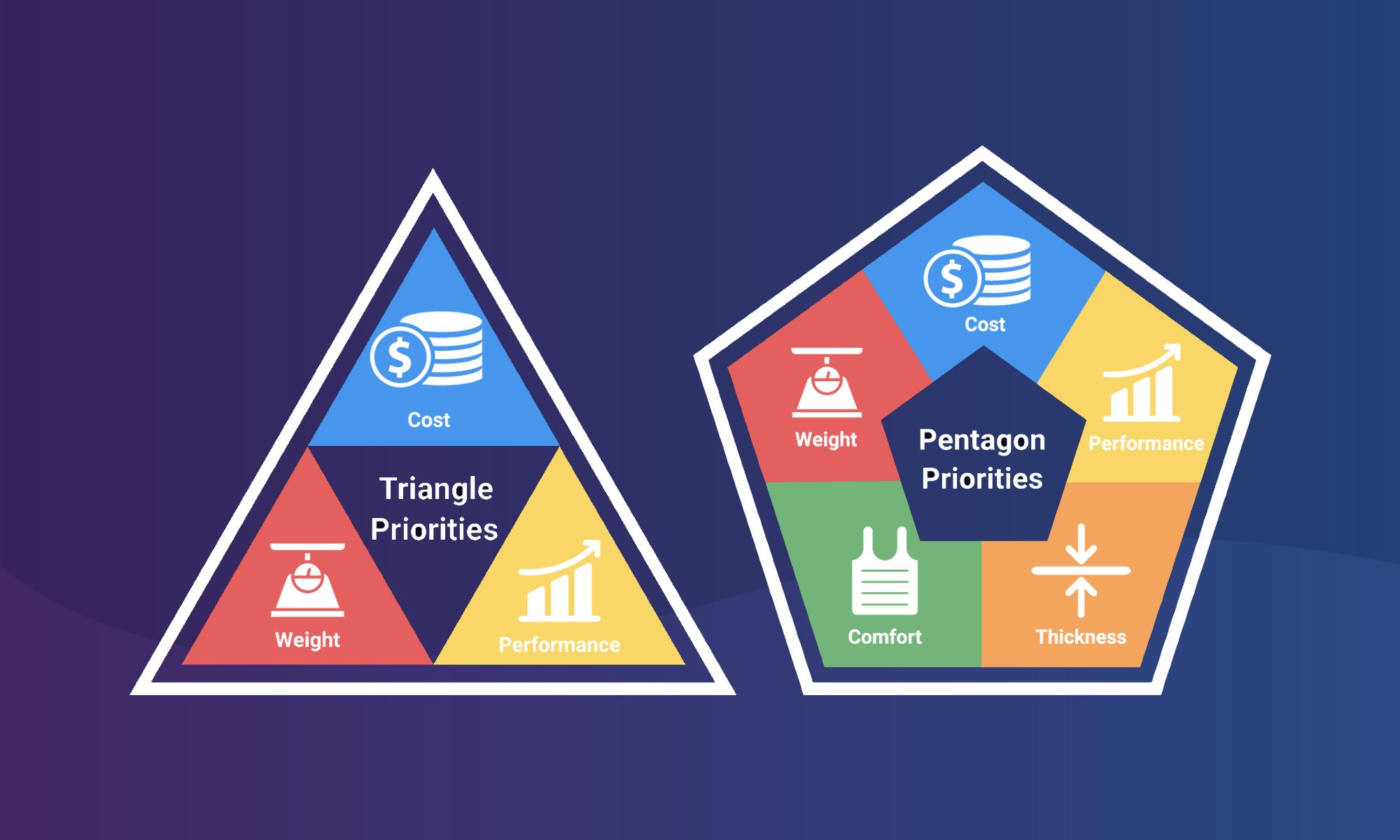
The Evolution of Body Armor Design: Beyond the Triangle to a Pentagon of Priorities
For decades, the design and development of body armor have been dominated by a seemingly straightforward trade-off among three critical factors: weight, cost, and performance. This traditional view, often visualized as a triangle, has guided manufacturers in making decisions that balance these competing demands. However, the reality of body armor design is far more complex. Today, experts and manufacturers recognize that a successful protective platform is better represented by a pentagon that includes two additional, equally crucial factors: thickness and comfort. This article explores the five keys to a successful protective platform, revealing why it's time to move beyond the triangle to embrace a more nuanced and comprehensive approach.

NIJ Advisory Notices and NIJ Safety Notices to Law Enforcement and Corrections Agencies
The NIJ Compliance Testing Program (CTP) is vital for ensuring safety in law enforcement and corrections. Manufacturers voluntarily participate, demonstrating their commitment to quality. Advisory and Safety Notices play a crucial role, temporarily or immediately addressing concerns with body armor models. Understanding these notices is essential for manufacturers and end-users. Adherence to NIJ standards grants manufacturers a recognized mark of quality. The NIJ CTP's dynamic approach keeps standards current and effective in challenging environments. IntelAlytic supports adherence to compliance, prioritizing the long-term safety of body armor models and those who serve our communities.

Beyond ISO 9001 & BA 9000 in Body Armor: Start by Building a QMS
In the critical world of body armor, quality isn't just a buzzword, it's a matter of life and death. While certifications like ISO 9001 and BA 9000 play a role, true excellence lies in a deeper commitment to quality through a robust Quality Management System (QMS). This article peels back the layers, revealing how industry leaders move beyond checklists to build QMS that are bulletproof, both figuratively and literally

Comprehensive Body Armor Care Guide: Proper Use, Maintenance, and Storage Techniques
This guide consolidates expert knowledge and industry best practices for maintaining body armor. Focused on soft armor, hard armor, ballistic helmets, and shields, it provides detailed instructions for ensuring their optimal performance and durability. Law enforcement officers are advised to conduct regular visual inspections of their body armor to check for any signs of damage, such as rips, excessive wear, or other forms of degradation.

Behind the Bulletproof Curtain: A Glimpse into Soft Armor, Hard Armor, and ICW Hard Armor
This article post explores the nuanced world of bulletproof vests, guiding readers through the maze of options to make informed decisions for their specific needs. Highlighting the strengths and limitations of soft armor (lightweight and concealable), hard armor (unmatched rifle protection), and ICW armor (versatile and adaptable). Ultimately, the right choice depends on threat level, mobility needs, and budget, while acknowledging that body armor is just one piece of the safety puzzle.
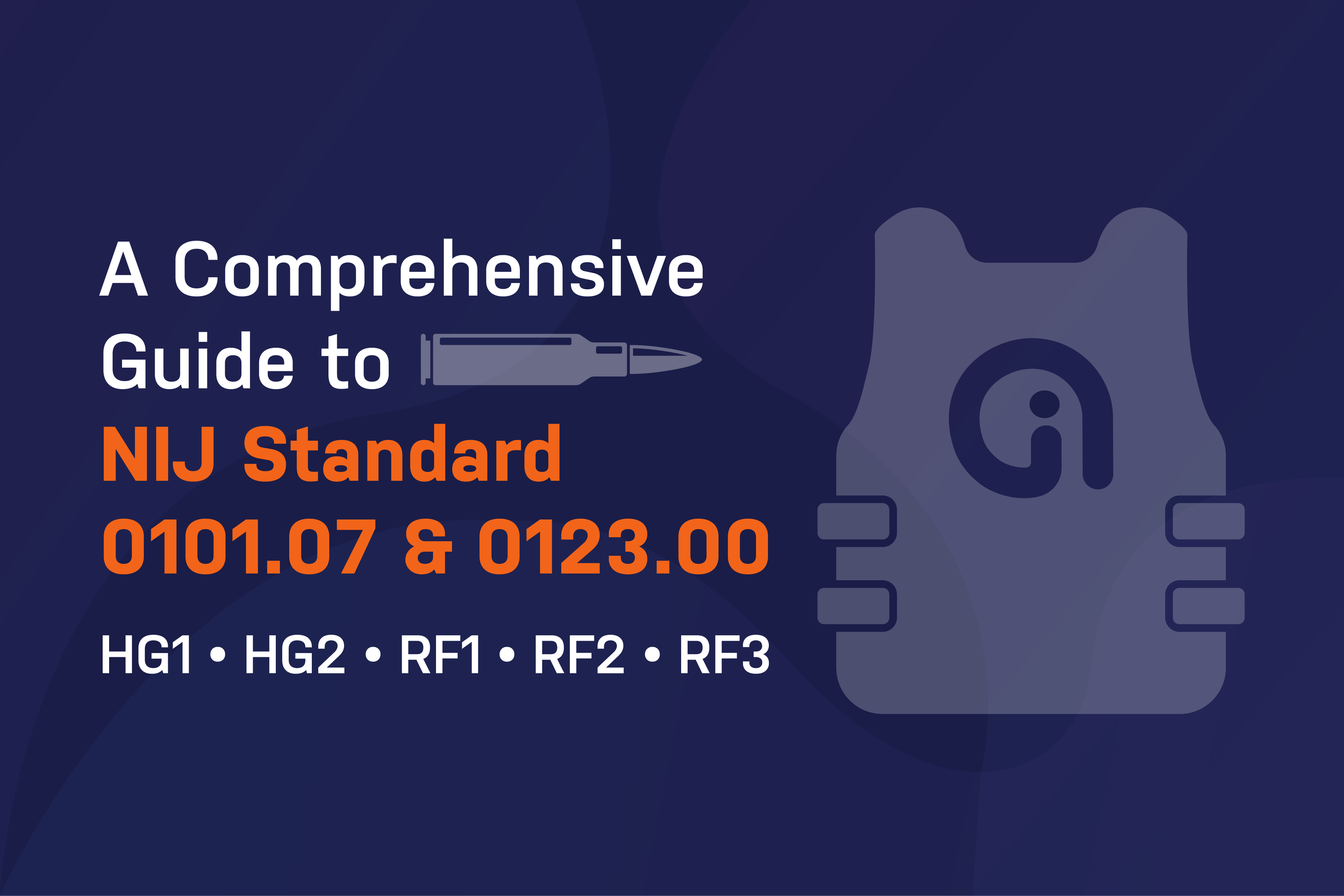
Advancing Ballistic Resistance of Body Armor: A Comprehensive Guide to NIJ Standard 0101.07 and NIJ Standard 0123.00
Dive into the latest NIJ Standards 0101.07 and 0123.00 with experts Mike Bundy and John Atkins from IntelAlytic. This expert-authored guide offers a comprehensive analysis, providing insights and interpretations based on their deep understanding of body armor and ballistic-resistant materials and platforms. Tailored for industry professionals, law enforcement, and first responders, this guide goes beyond technicalities. It aims to provide a clear understanding of these standards' pivotal role in enhancing safety and protection against evolving threats.

Decoding the NIJ CPL: A Buyer's Guide to Navigating Body Armor Models & Manufacturers
In an era where personal safety takes precedence, the world of body armor emerges as an indispensable shield against evolving threats. Our comprehensive guide empowers you to distinguish genuine innovation from mere repackaging. Dive into a wealth of insights as we decode NIJ’s Compliant Product List, offering clarity on standards, transparency, and industry accountability.
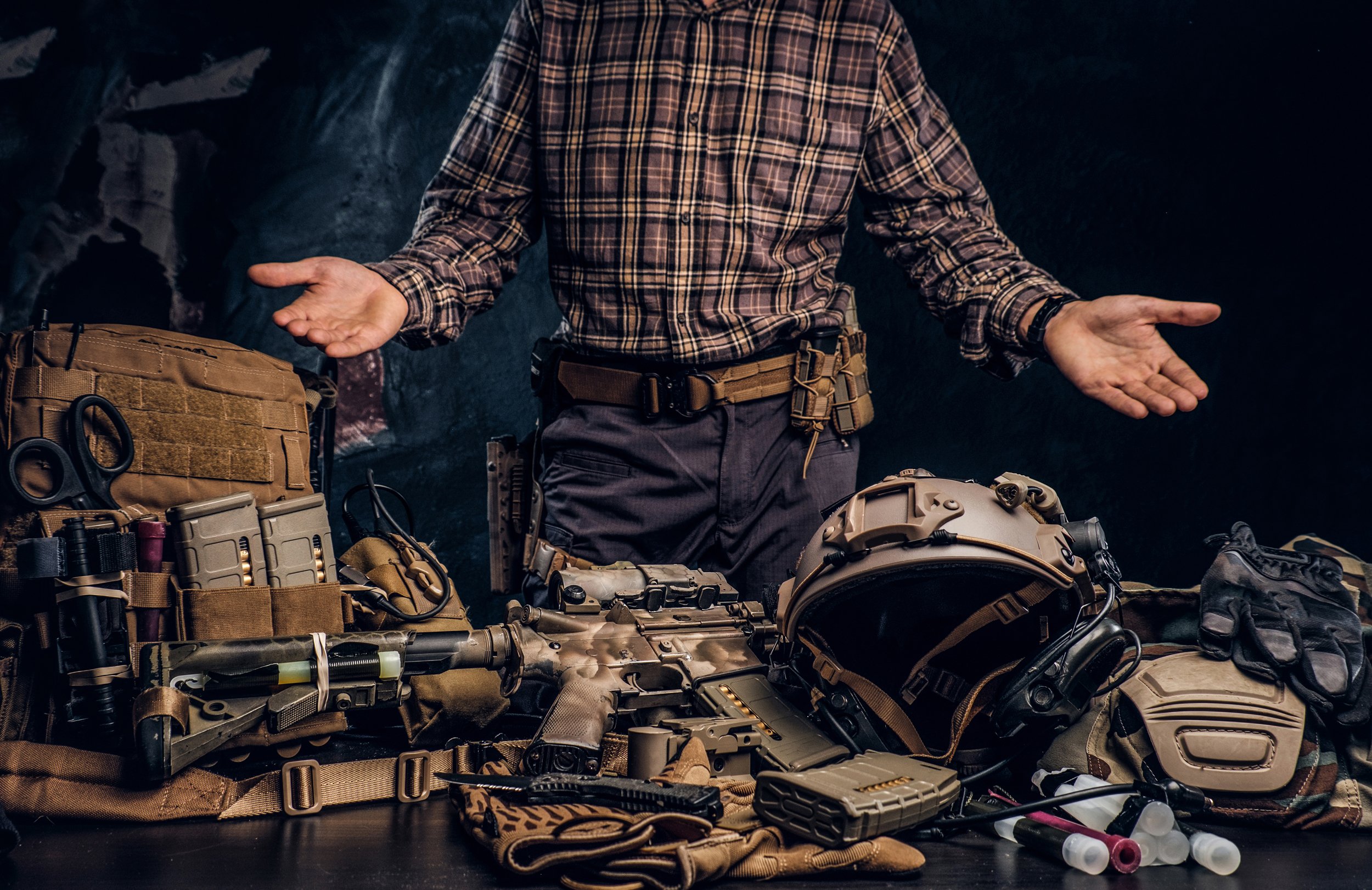
Beyond Surface-Level Reports: Deep Dive into Market Insights for Body Armor & PPE Markets
In the realm of body armor, PPE, and ballistic-resistant products, the pursuit of staying ahead requires more than surface-level analysis. Generic industry reports often lack the depth and precision needed for informed decisions, leading to missed opportunities and compromised safety. IntelAlytic's approach offers a transformative solution, blending qualitative insights with quantitative data and a tailored strategy, empowering businesses to navigate complexities and thrive in evolving markets. A testament to this power lies in the case study of GROUP 1, where IntelAlytic's deep dive research unveiled critical pain points and engineered a strategic solution, showcasing how actionable insights drive real-world change. As the future demands more proactive, predictive insights, IntelAlytic stands ready with cutting-edge technology and expert perspectives, reshaping the landscape of market research for defense and public safety industries.

Unlocking the Secrets of Quality Management: Boosting Efficiency, Improving Products, and Delighting Customers!
In today's competitive business landscape, quality management has become a critical factor for organizations looking to stay ahead of the game. Whether a company is in manufacturing, engineering, technology, or services provided to defense or public safety, there is one common denominator necessary to reach success - Quality. Companies must ensure they are delivering products and services that meet the highest quality standards. Quality Management Analysis (QMA) is a powerful tool that allows companies to evaluate their processes and identify areas for improvement.

Can someone please explain Quality Management to me like I’m a fifth grader?
Explaining Quality Management and the importance of Quality processes to end users can be difficult sometimes. These men and women want to have good protection certainly, but they also want things like lightweight, versatility, and in many cases a sleek and sexy design element to their body armor and ballistic-resistant products.

